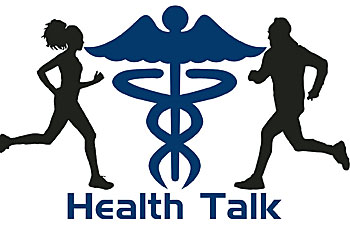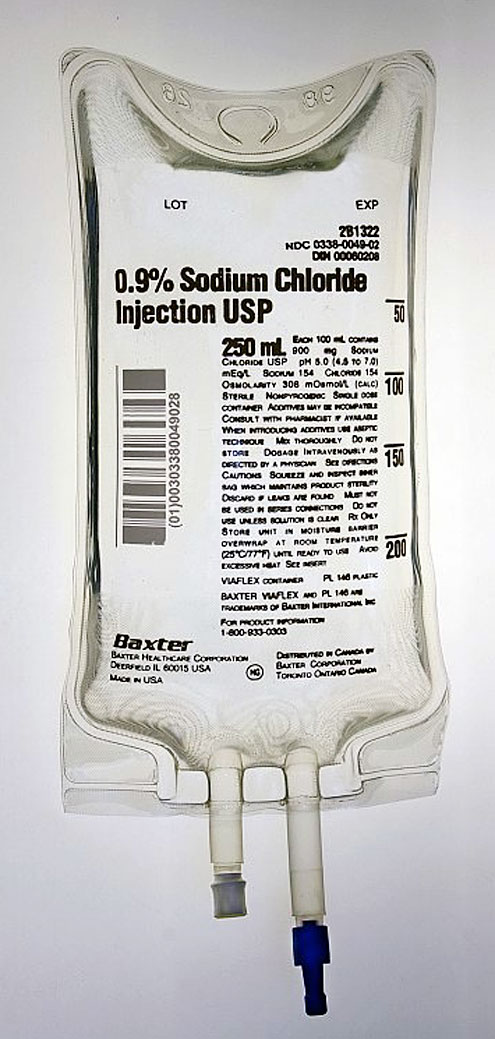By Ron Conte, Pharm.D.
From the Food and Drugs • Administration (FDA) Web Site • January 15, 2014
 All suppliers of sodium chloride intravenous (IV) bags are stating there is a shortage in production.
All suppliers of sodium chloride intravenous (IV) bags are stating there is a shortage in production.
The January FDA notice is a typical drug shortage notice. There have been an alarming number of shortages for the past 8 years. Why does a country with so many resources and advanced technologies have a shortage of sodium chloride, also known as table salt? Sodium chloride is a very important medication when a patient has severely low blood pressure or a specific heart problem. The drug shortages concern began to be a major problem in 2010 with 211 drugs in short supply. The numbers have increased each year since then.
What are the reasons for drug shortages?
 One reason is a short supply of raw materials. That can’t be true for sodium chloride. Another reason is manufacturing issues such as a break in sterility causing contamination of the product. No, that was never listed as the reason for the sodium chloride shortage. How about a result of Hurricane Marie in Puerto Rico or other disasters causing drugs shortages? That’s a long shot since sodium chloride for intravenous use was noted beginning in 2014 and the Puerto Rico disaster occurred in September 2017.
One reason is a short supply of raw materials. That can’t be true for sodium chloride. Another reason is manufacturing issues such as a break in sterility causing contamination of the product. No, that was never listed as the reason for the sodium chloride shortage. How about a result of Hurricane Marie in Puerto Rico or other disasters causing drugs shortages? That’s a long shot since sodium chloride for intravenous use was noted beginning in 2014 and the Puerto Rico disaster occurred in September 2017.
 What about a change in a business decision? That is a possibility. There is not much of a profit margin in putting table salt in an IV bag. If you look at the FDA shortage lists for all types of drugs from 2012 to now, you will find shortages of other inexpensive compounds such as potassium and many sodium salts. Even penicillin recently has been in short supply. All these products have very small profit margins.
What about a change in a business decision? That is a possibility. There is not much of a profit margin in putting table salt in an IV bag. If you look at the FDA shortage lists for all types of drugs from 2012 to now, you will find shortages of other inexpensive compounds such as potassium and many sodium salts. Even penicillin recently has been in short supply. All these products have very small profit margins.
So, it is reasonable to consider there is a change in a business decision: reduce the production which increases the demand. A one-liter (1 quart) bag of 0.9% sodium chloride for IV use until recently cost $1.00. When the shortage escalated, but the demand remained constant, that same bag cost the hospital $23.00! That is, again, just table salt in water!
When there are just one or two suppliers of the drug and a drug shortage notice is posted, costs increase exponentially. Drug shortages are now evident with cardiac meds, pain medications in addition to intravenous drugs.
The end results of all these shortages lead to possibly substituting use of a less effective agent, delays in medical and surgical procedures for patients, drastic changes in treatment protocols, increases in medication errors, and increased costs to buyers as well as patients. The most traumatic end-result may be that the patient’s health outcome is compromised. There is something very wrong if a patient’s health status deteriorates due to a business decision made by a drug manufacturer to reduce production in order to maximize profits.
Again, keep in mind my statement from my previous article The Fallacies of Drug Advertisements: Let the buyer beware!
•••
In my next article I will address what is the process by which a drug is approved by the FDA and drug recalls.

